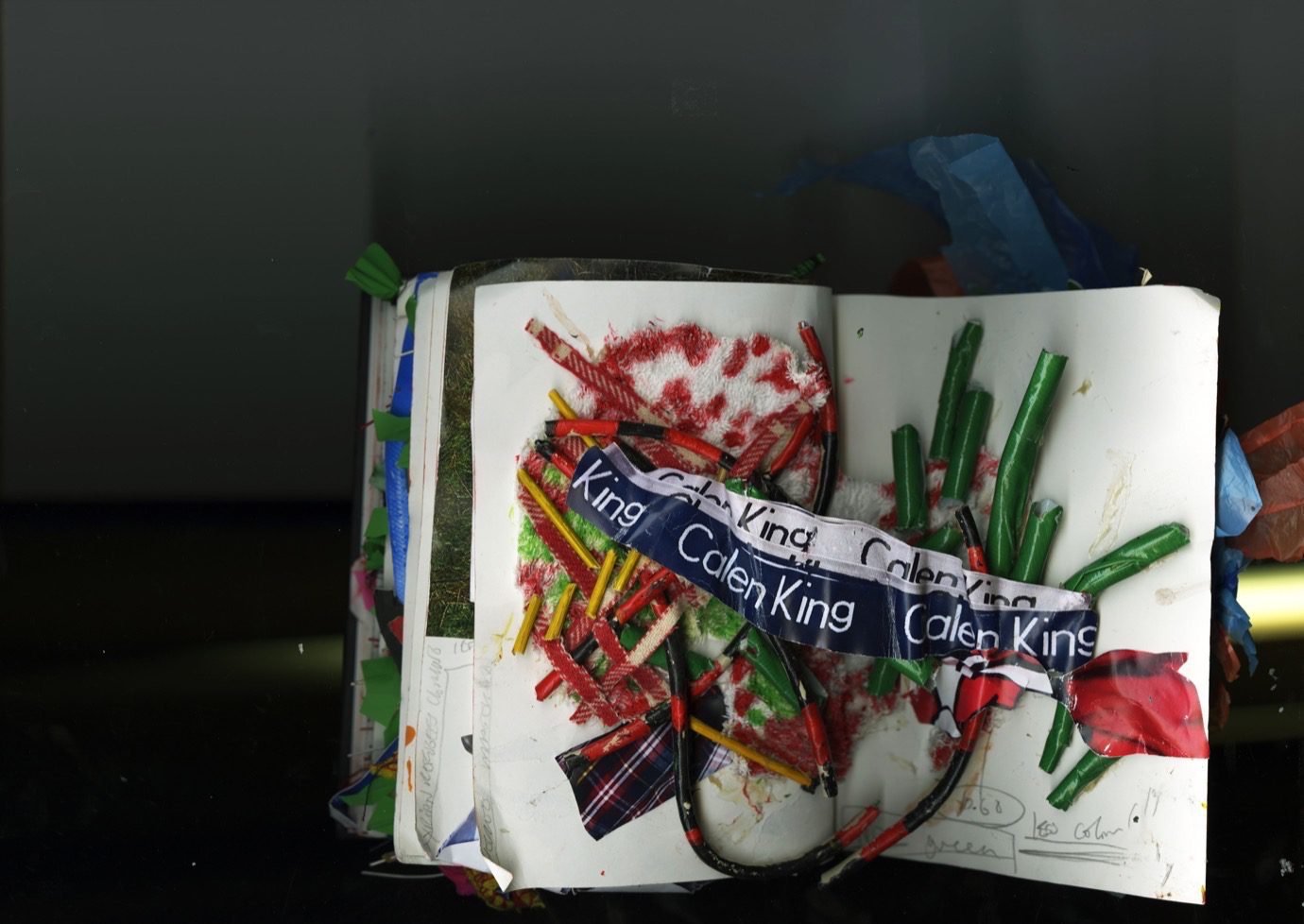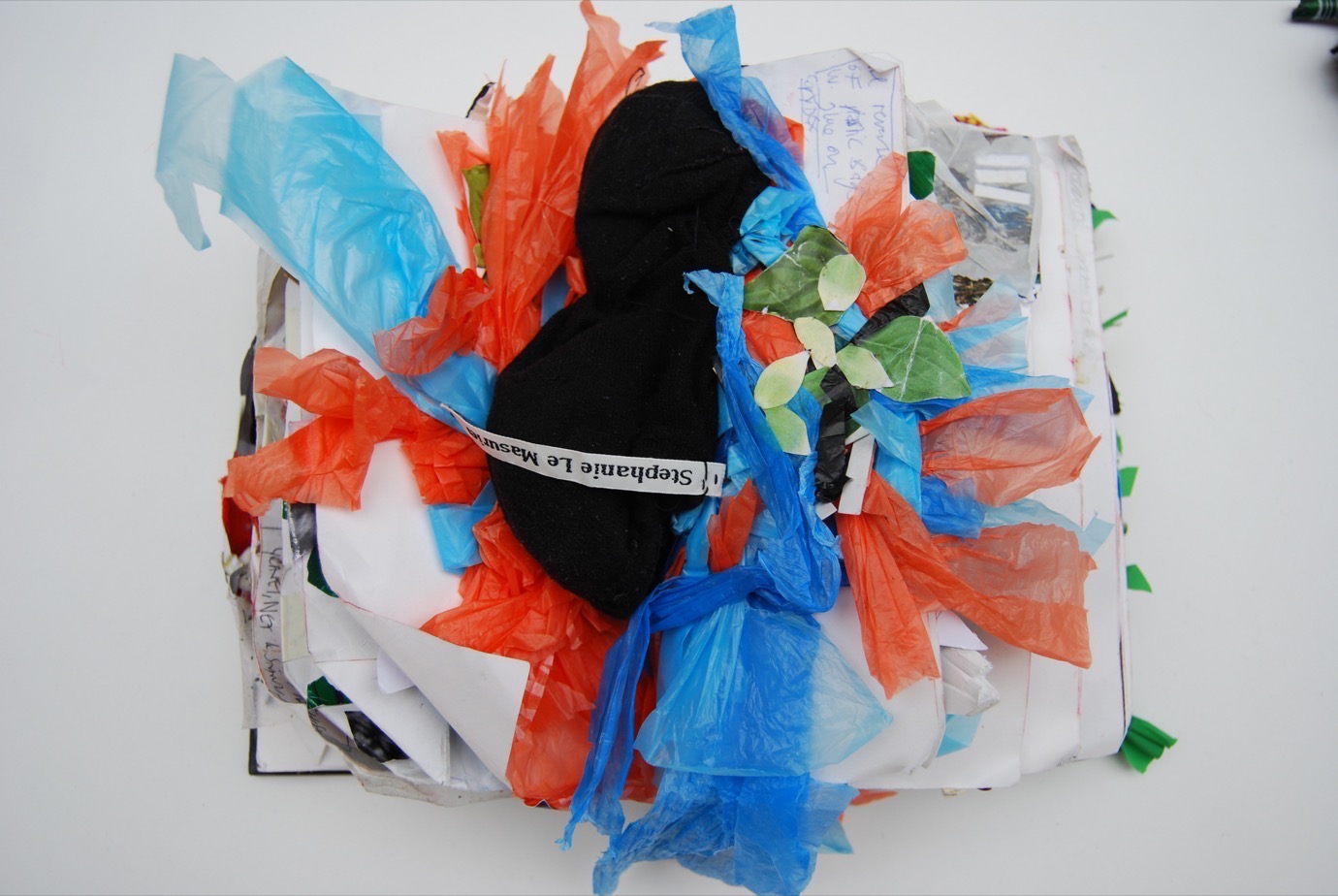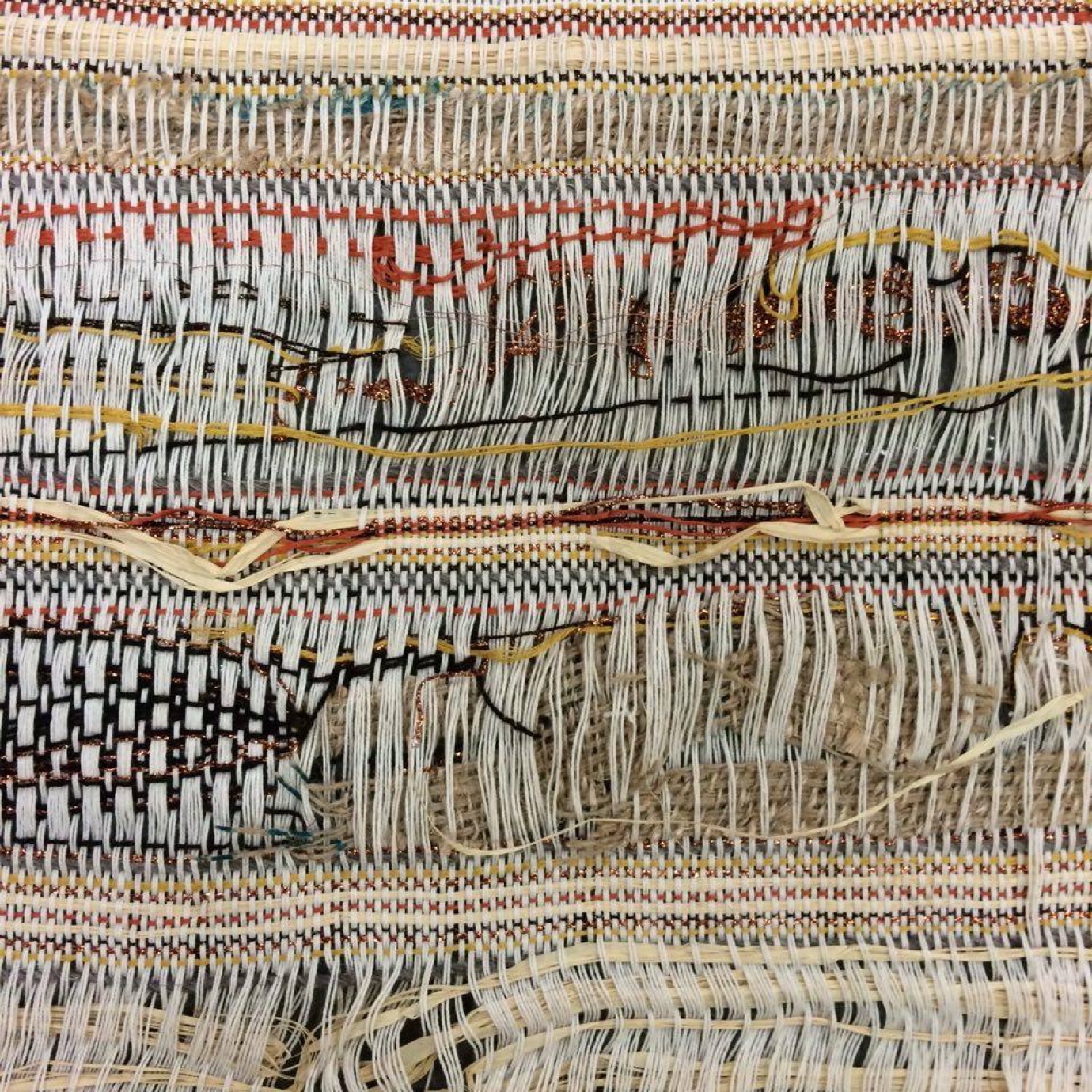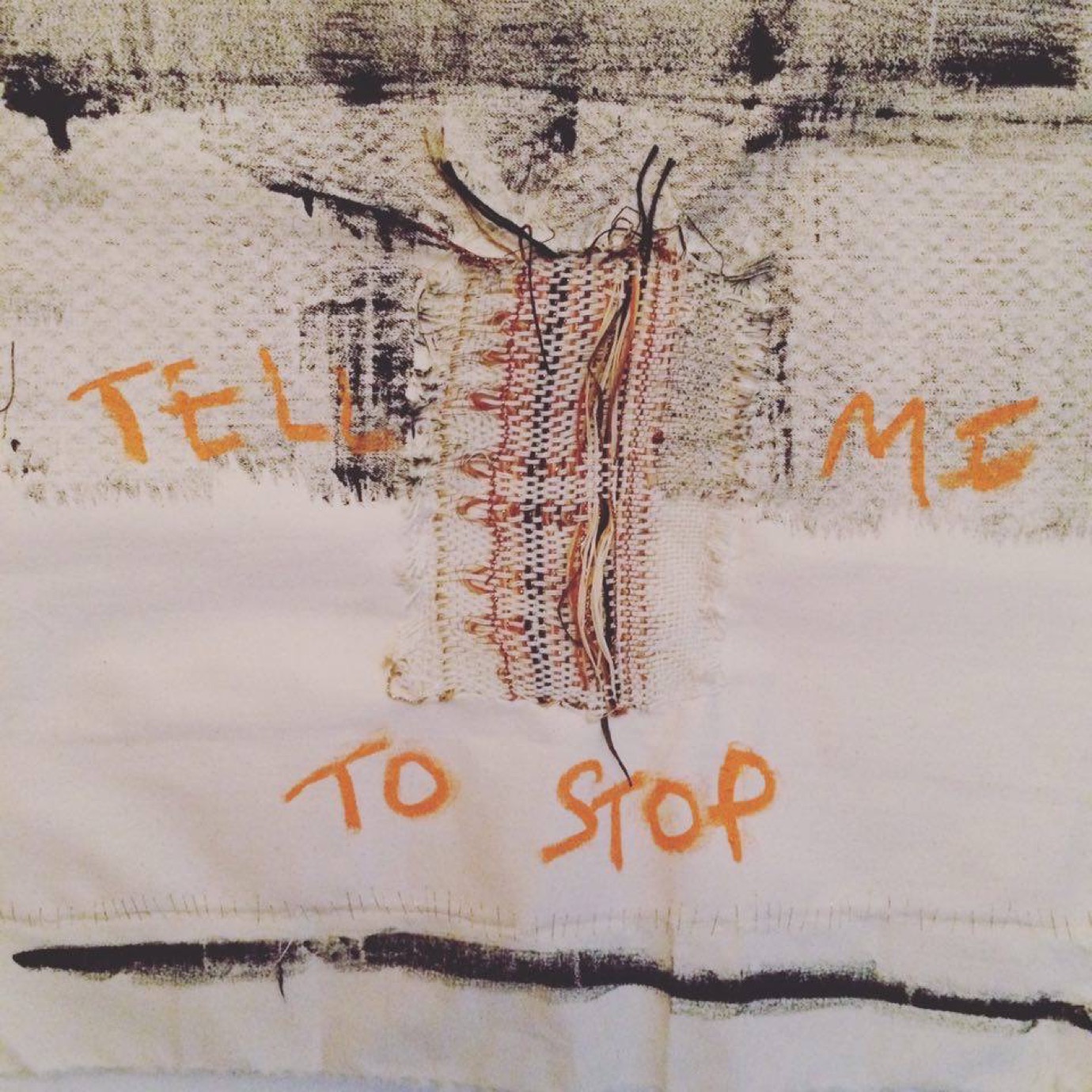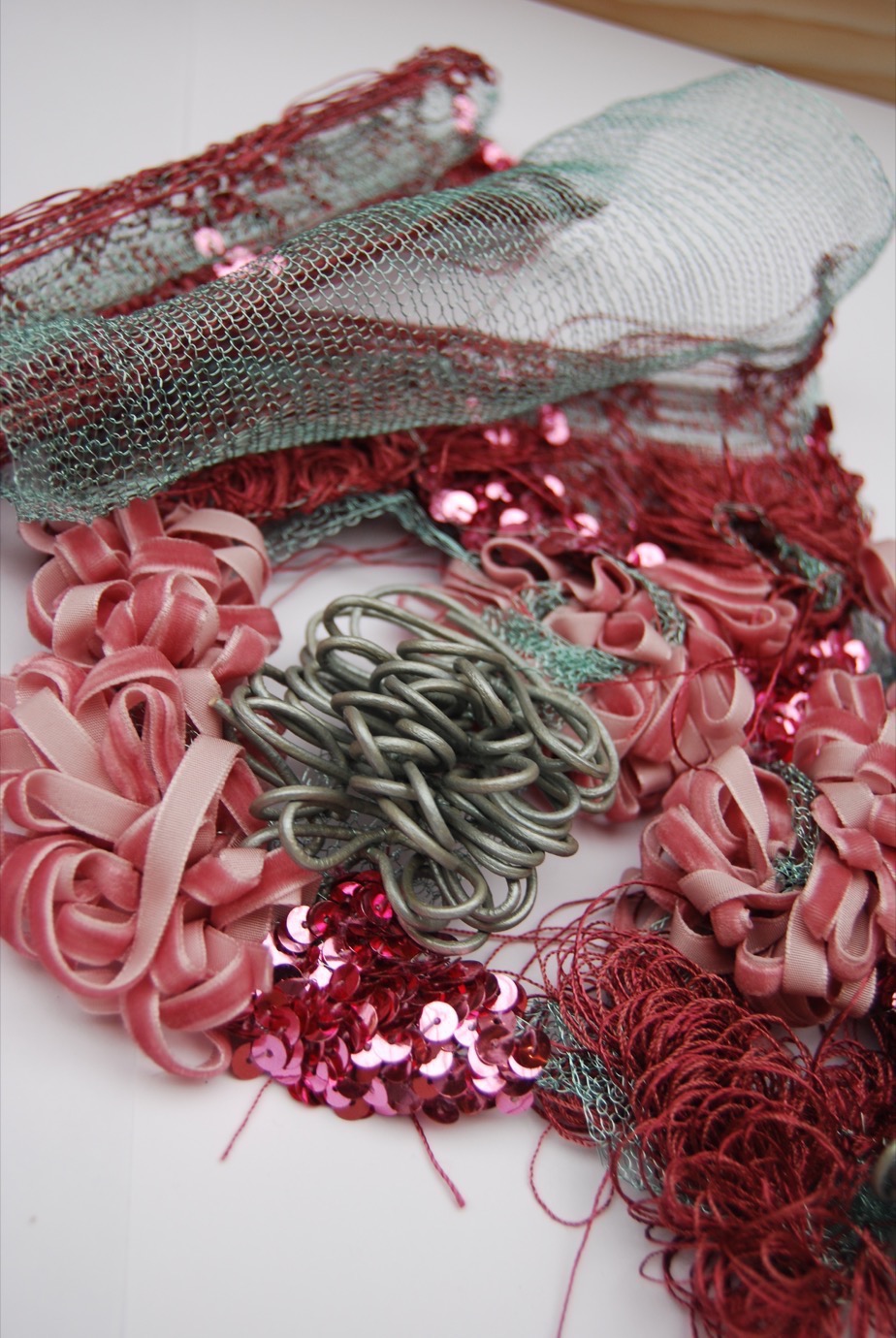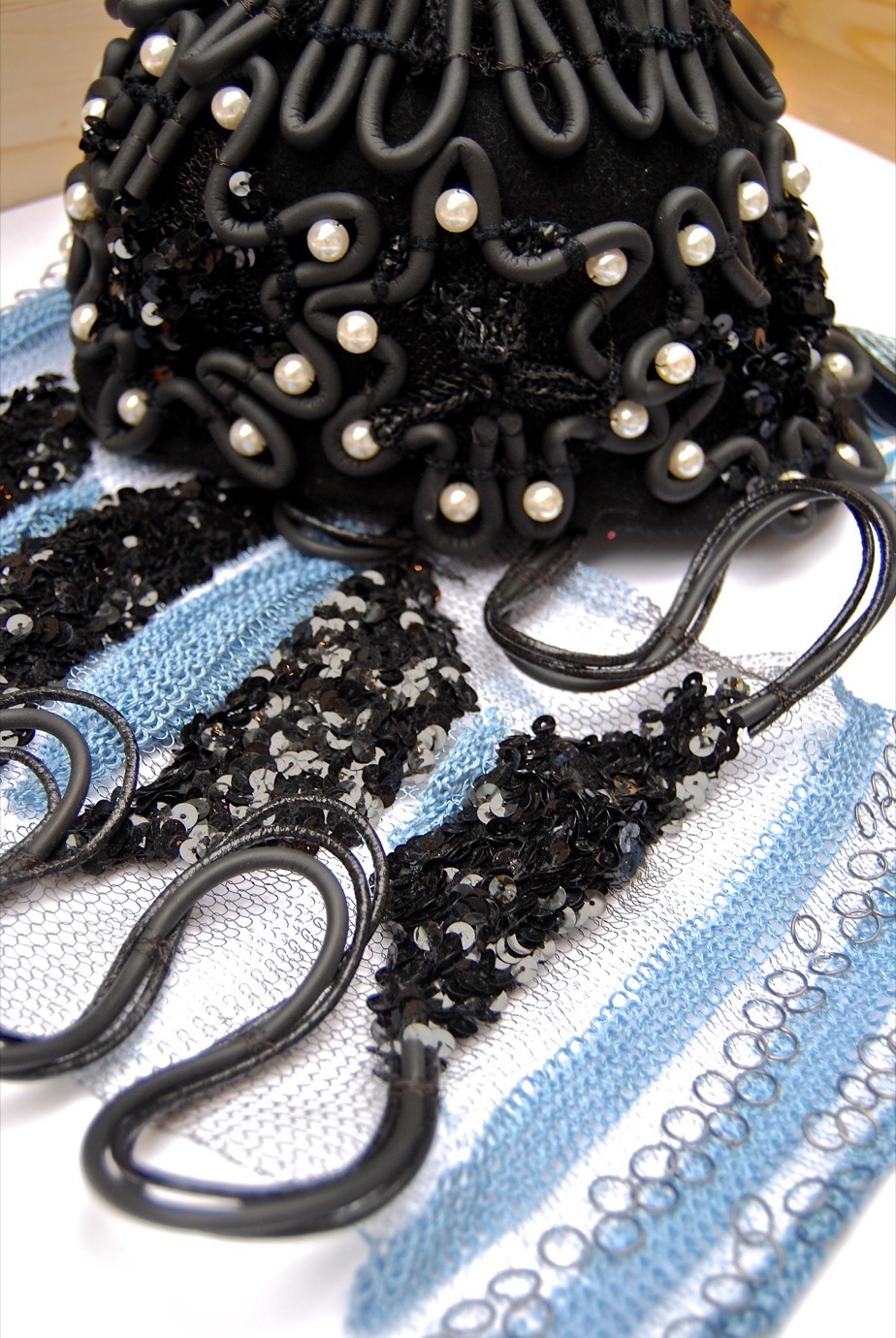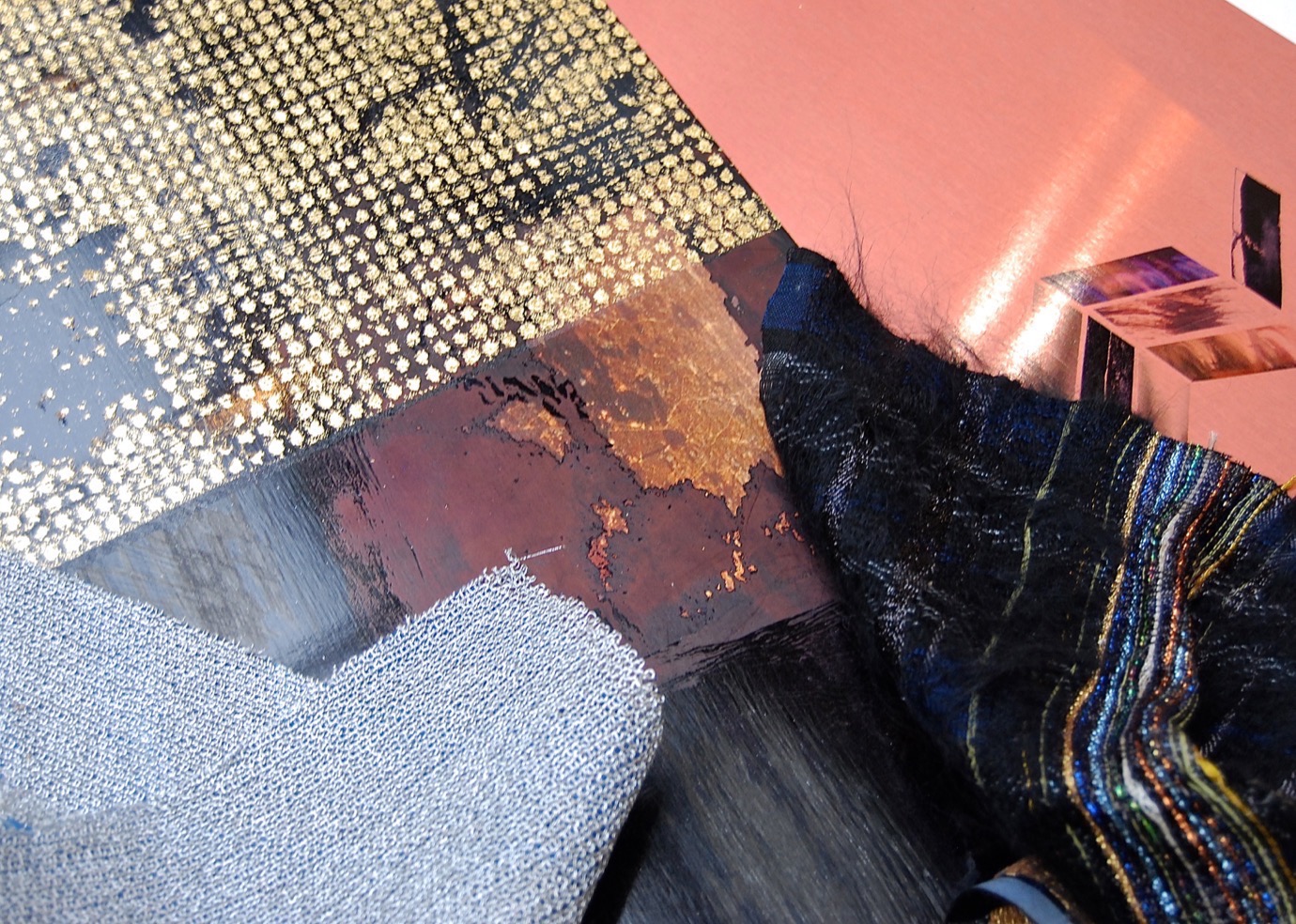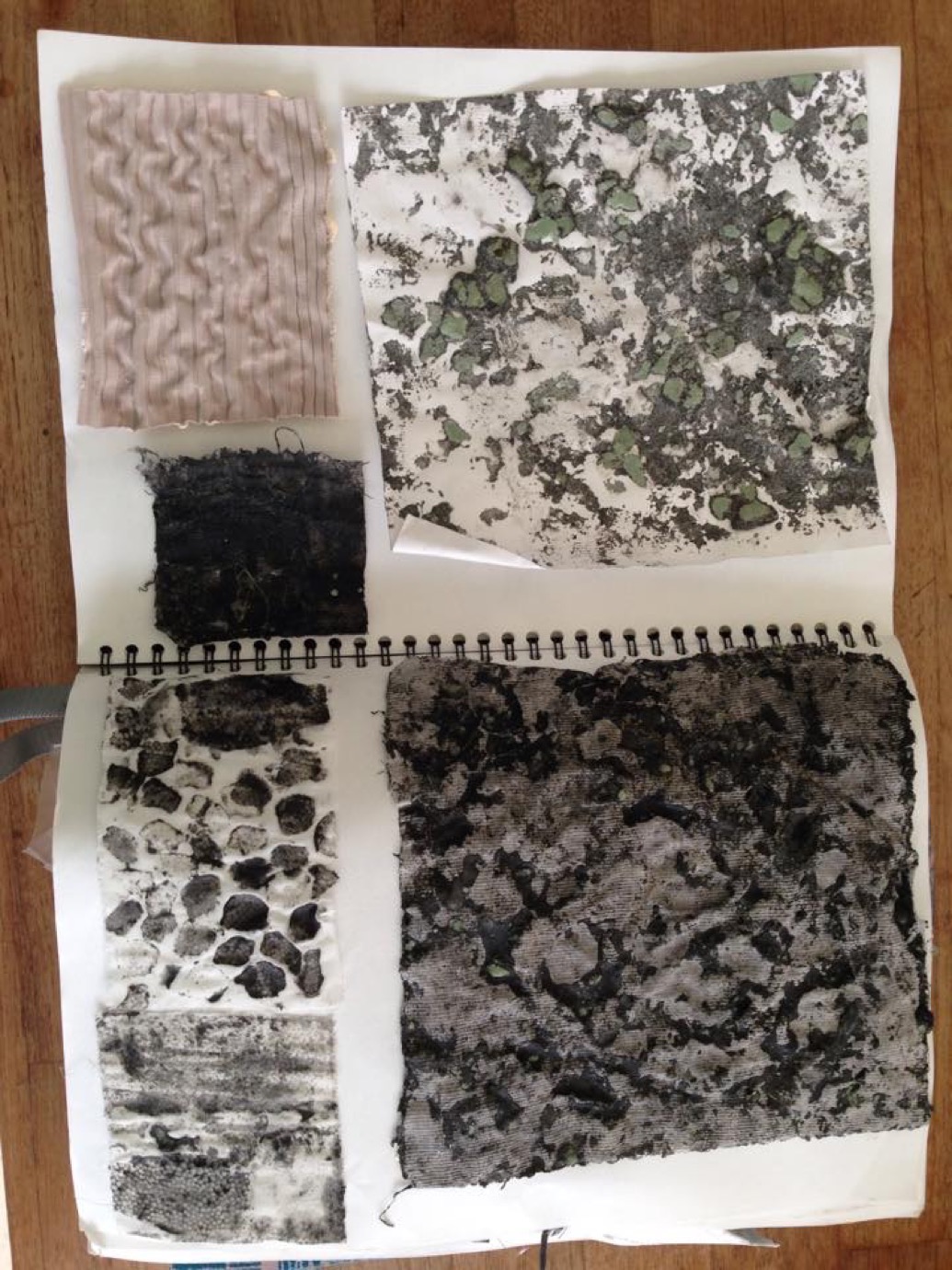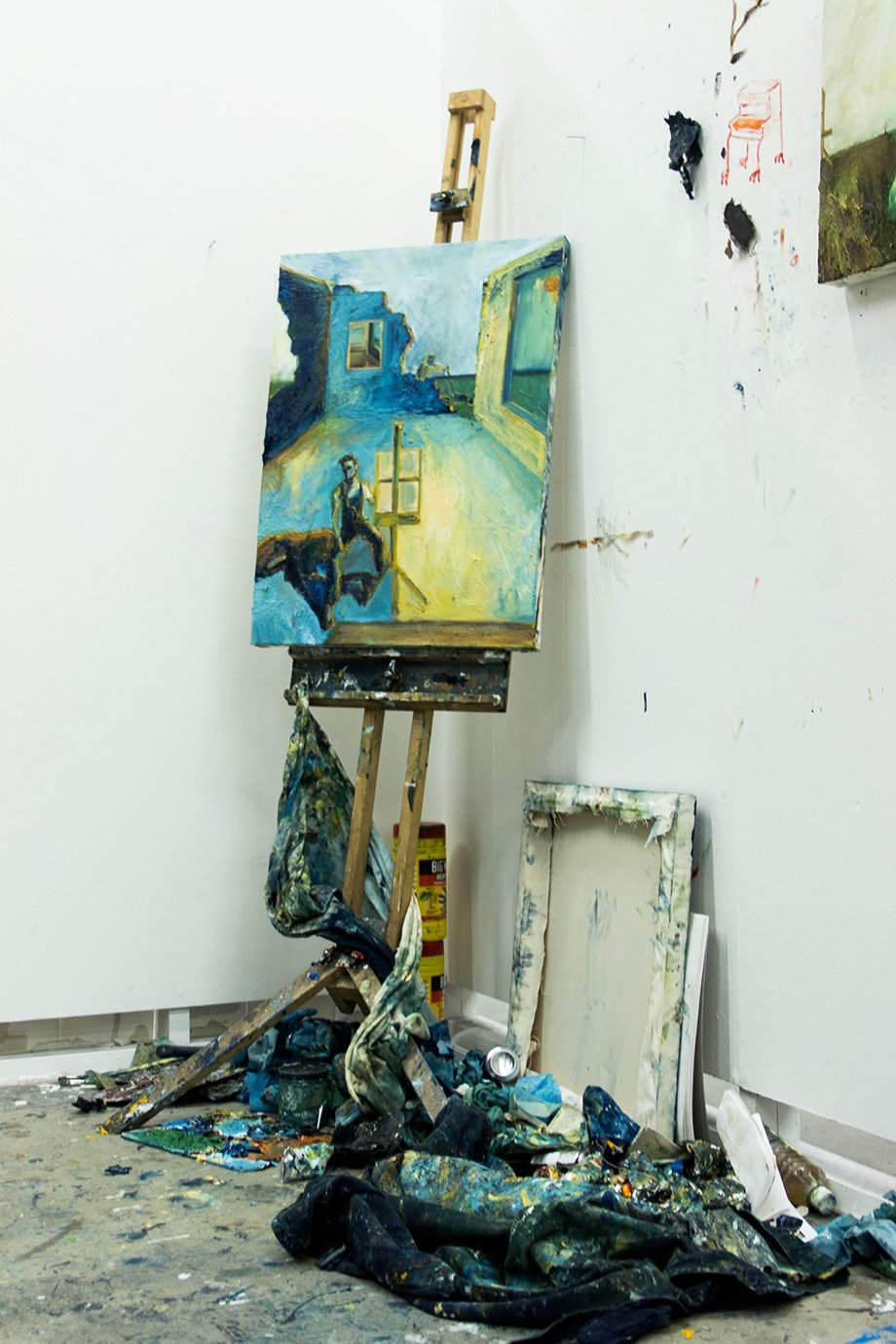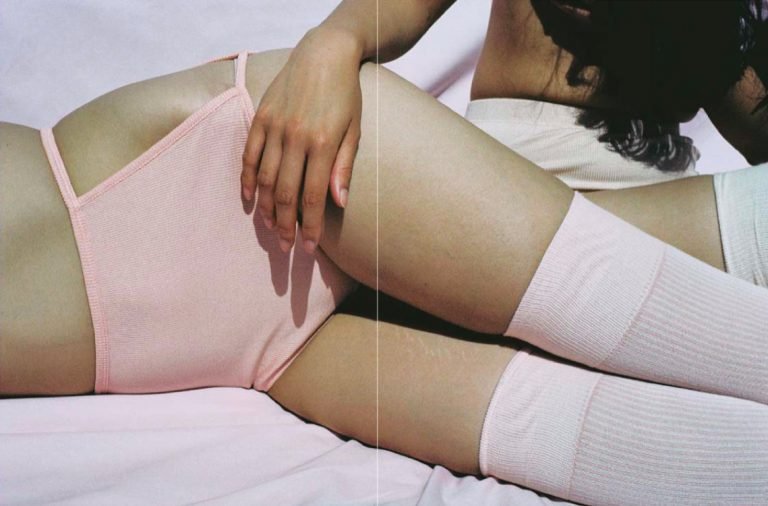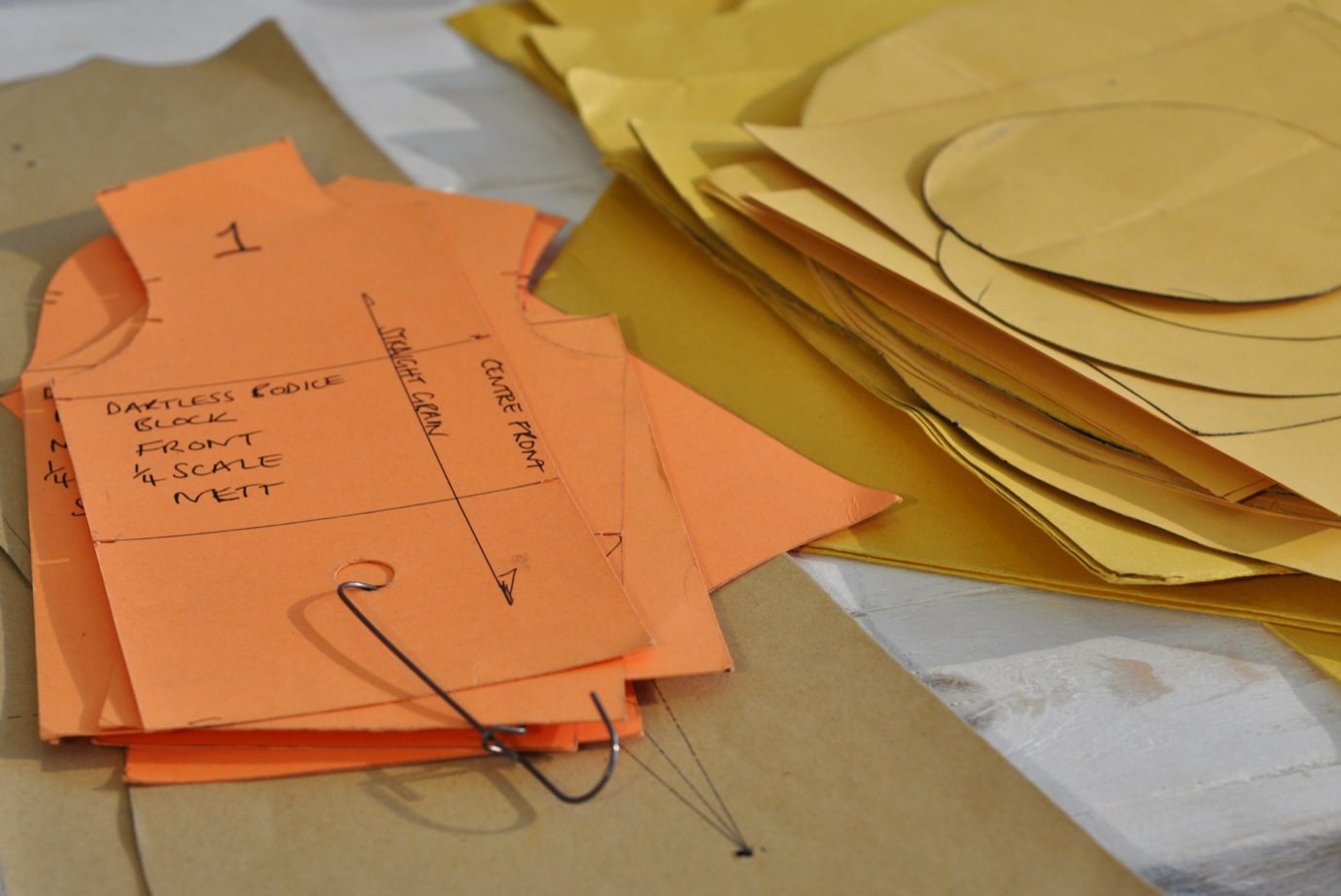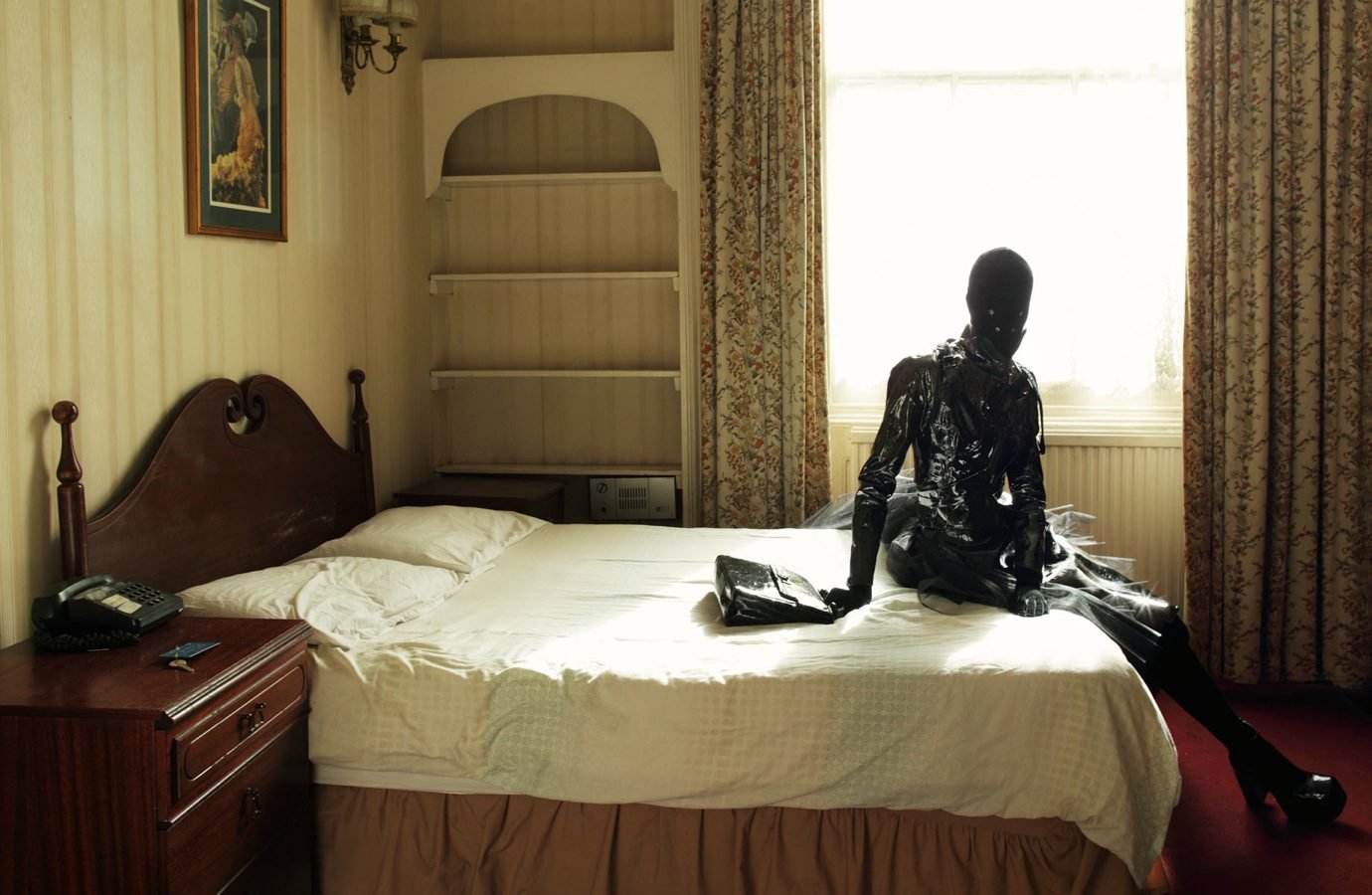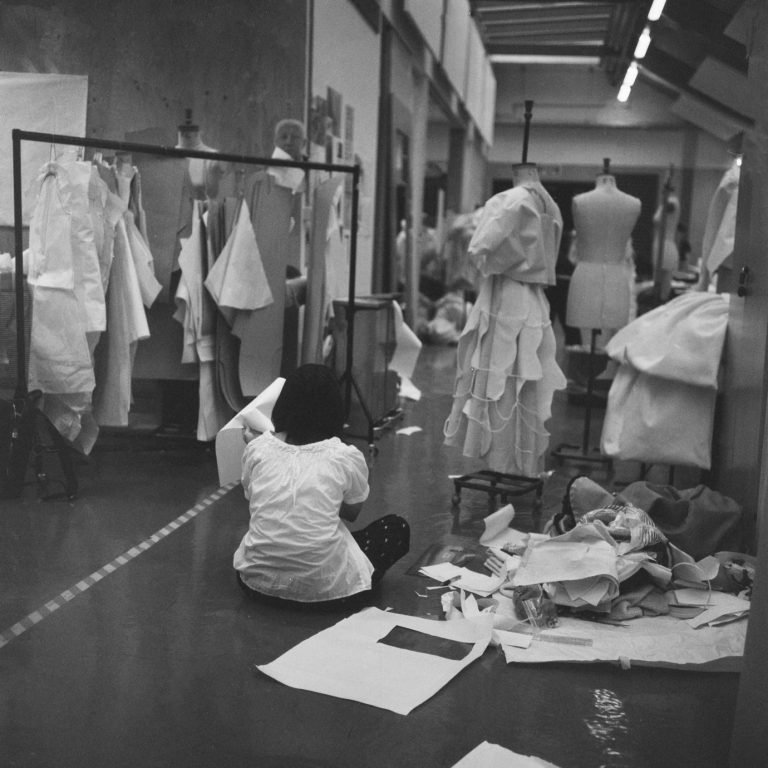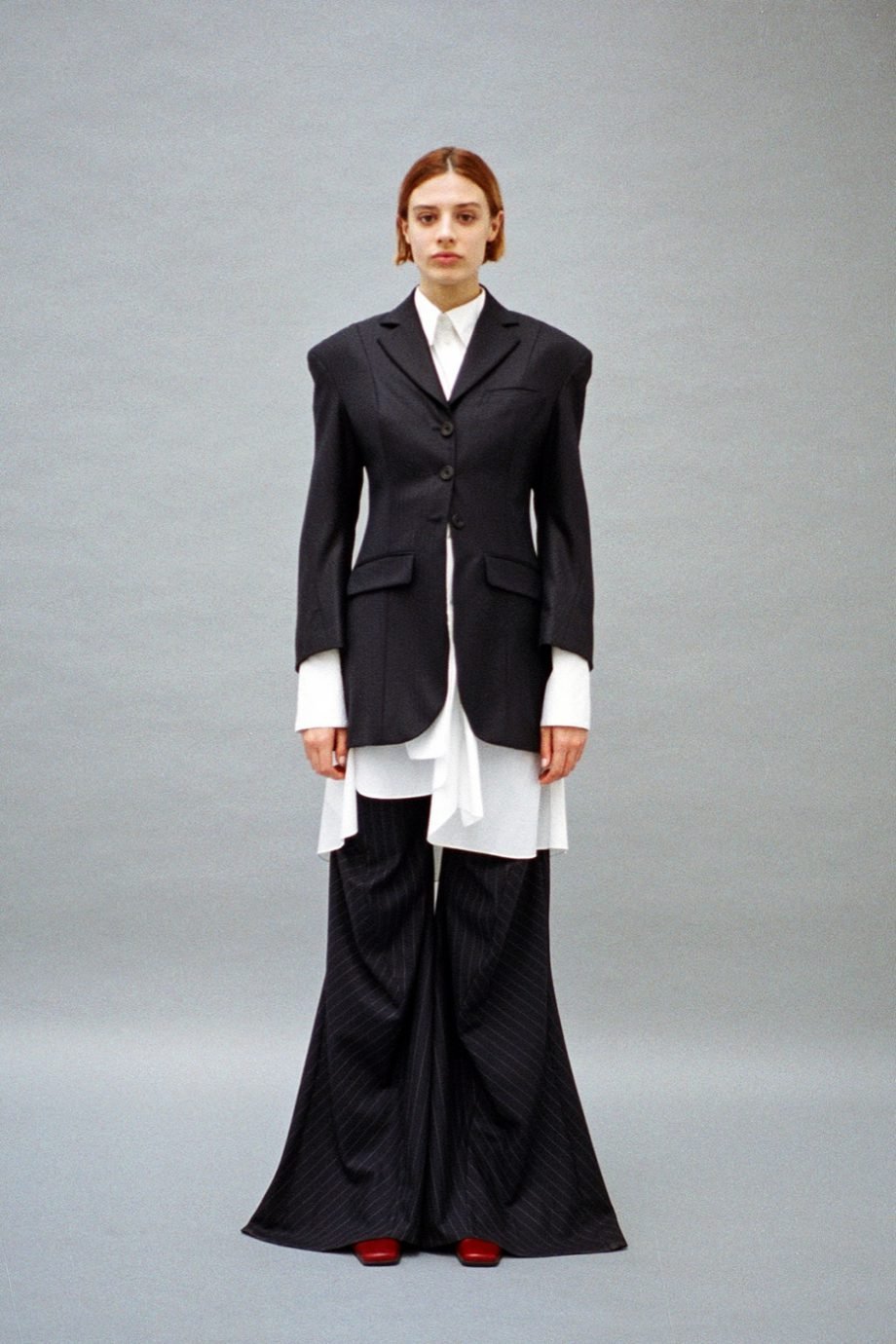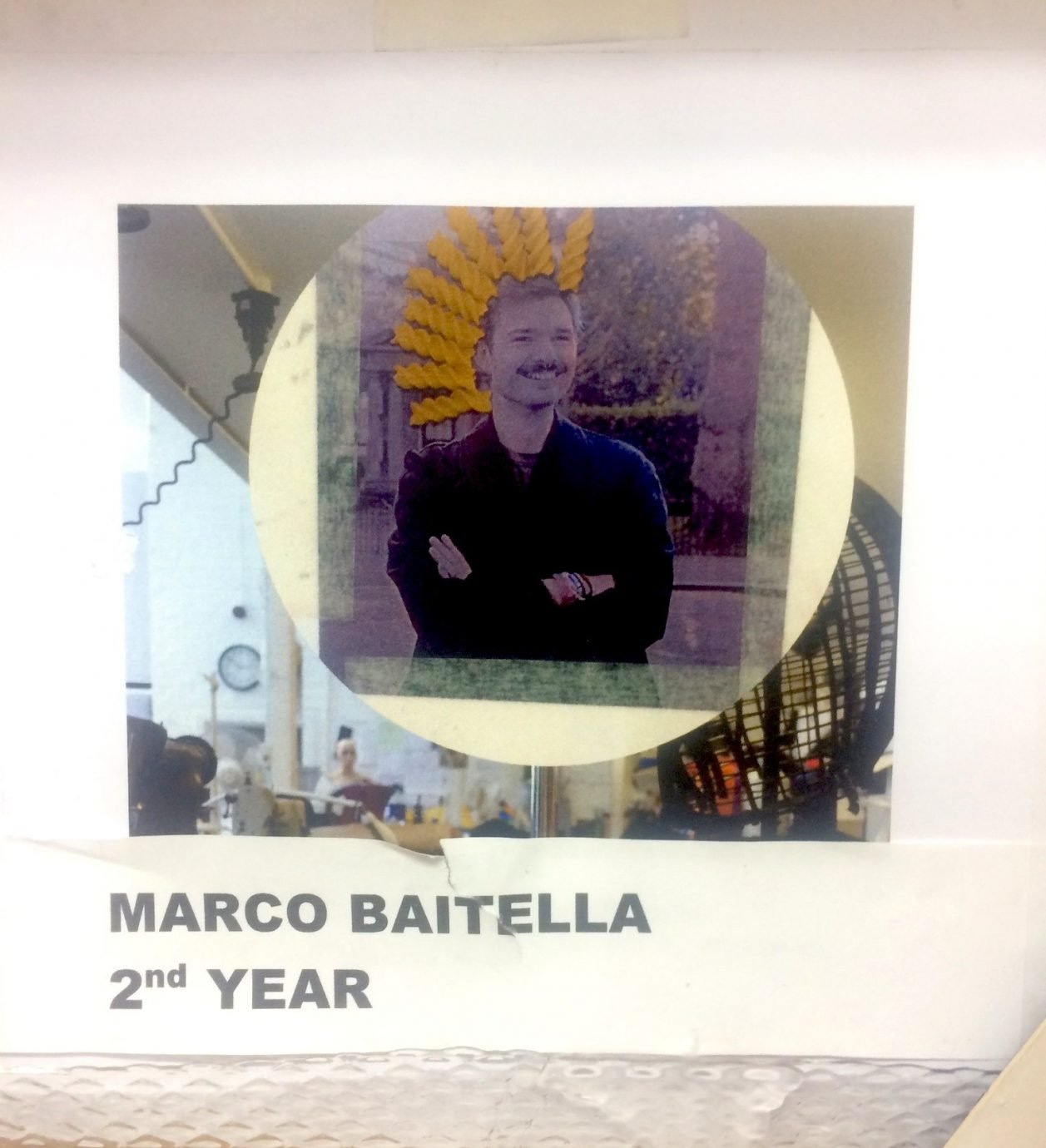We spoke with 9 Textiles students after the show, who revealed to us how they seek to challenge notions of textiles as domestic, purely decorative or fashion-based. A mission very well accomplished through the creation of work that stretches the preconceptions of what ‘fiber art’ is.
Stephanie Le Masurier, who specialises in weave and knit, explains her concept and why she calls her sketchbook a chaotic/disorganised visual diary of her imagination. “With working at such a rapid pace, I noticed I needed to take my time and analyse what was going on around me. My own wastefulness and consumerism was playing heavily in my mind, and I thought about what I would leave behind if I took myself out of the equation. I then started photographing a lot: things that I wore, things that I found on the street, the dying plants in my living room, images of my family. It emphasised the process of just ‘being’ and how important it was to be just be more aware.”

